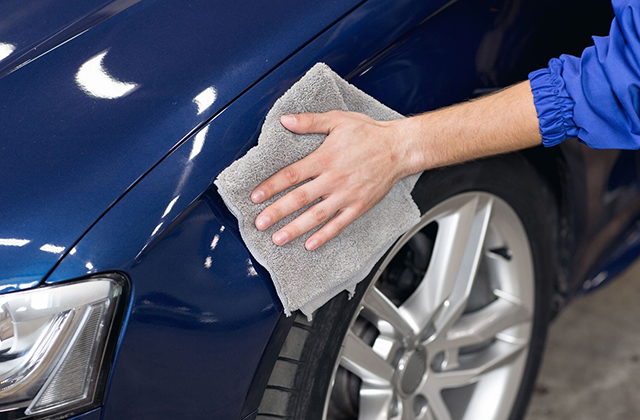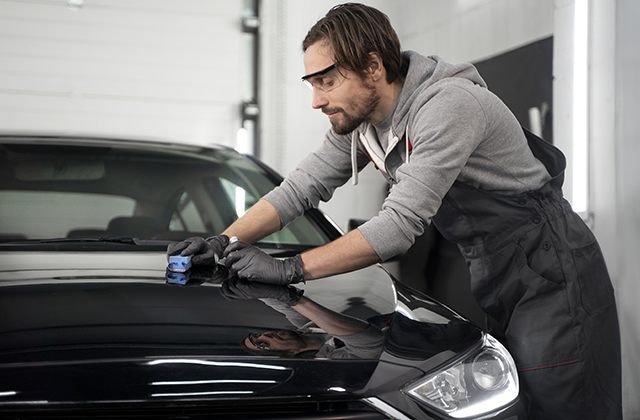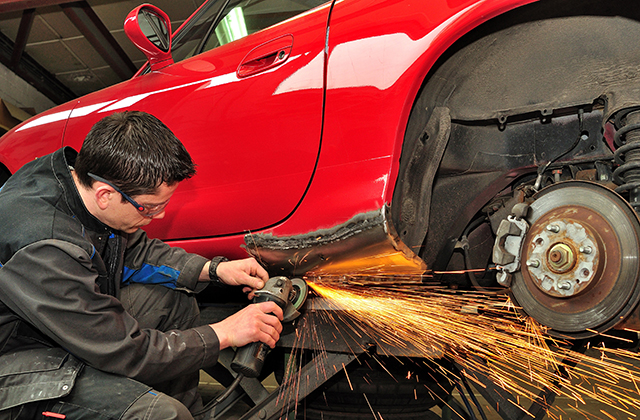If you own a car then you have probably already had some experience with car leaks, at least to some degree. Even new cars can develop leaks that are both annoying and frustrating. In the 1980s and 1990s engine leaks and other automotive leaking problems were the cause of a large majority of auto service appointments.
Now there are better engineering designs and materials used in the automotive manufacturing process. This has resulted in a decrease in customer complaints because new car parts have been noted to have substantially less problems with leak malfunctions.
Keep Engine Leaks at Bay
For those of you that may be unfamiliar with the basics of engine seals here is a list of what a car engine needs in order to be leak-free.
1. Motor oil
2. Proper compression
3. Fitted gaskets
4. Intact seals
5. Engine coolant
6. Fuel
Understanding Engine Seals
Most of the seals that protect your car engine are designed with double lips so that the motor oil can not leak out. One of the seals is designed to contain the oil, and the other is meant to stop any debris from contaminating the oil system. Although these lipped seals do not move they still have a big job to do because the car parts that they are surrounding are in motion. This is why many automotive techs refer to these car accessories as dynamic engine seals.
You will find dynamic seals used on car parts that are either rotating or belt driven. Two examples of these are crankshafts and camshafts. These are crucial elements for your car engine and it only takes a small leak to create a great deal of damage. An oil leak from a camshaft seal can result in ruined valves and timing belts which are both costly repairs.
How Leaks Begin
Small bits of grit, dust and road dirt are always flying about the exterior of auto engines. If there is a small opening in any seal it can allow some of these contaminants to adhere to the inner surface. Then as the shafts are moving they are being abraded by these particles’ sharp edges.
The constant motion of these rotating and belt driven car parts will soon cause small grooves to form along the sides of the shafts. Now the integrity of the seals and shafts are both compromised. Once these irregular grooves have formed on the metal surfaces, leaking will soon follow.
Fixes for Seals
There are times when worn metal surfaces can be repaired instead of being replaced. Some mechanics are able to grind and weld the shafts until the surface area meats the necessary specifications. There is also a slip-sleeve that is available for some front crankshafts. This product is a fine metal covering that can be applied to the damaged area and will then cover the grooves. These are both elaborate and high priced technical projects that are only suggested for ultra expensive vehicles. Car parts such as engine seals and shafts can be replaced at a more affordable cost.
Gaskets and Engine Leaks
In the past a lot of car accessories and engine parts used gaskets that contained cork. The cork would work for a while but it deteriorated at a relatively quick pace. This material would stop a leak by swelling up and forming a tighter seal, but only after a small amount of oil had leached into the gasket.
Another type of engine gasket was made from RTV silicone and this could create a secure seal but only under special conditions. The silicone base meant that it had to be applied to an engine surface that was absolutely clean and free of any oily residue. Many mechanics had trouble getting the metal surface prepped to these exacting specifications.
Most of today’s new gaskets are made form synthetic rubber compounds. These engine gaskets are reliable and are much less likely to form a leak. This is the type of gasket that is preferred by knowledgeable mechanics and auto enthusiasts.
Gasket Seal Problems
When placing gaskets onto surfaces it seems that many auto techs and mechanics tend to tighten them too much. In order to address this problem there are some newer designs that use metal spacers. These spacers are actually in the gaskets which helps prevent the over tightening seen in the past. Newer car parts such as the cast aluminum engine covers and those made from plastics have also been responsible for protecting gaskets from this common problem.
There are also some gaskets that are more likely to be the source of engine leaks even if they have been properly installed. A car’s head gaskets and those used on the intake manifold are the ones that should be checked first if an engine leak is noted.
Internal Manifold and Head Gaskets
Engine compression, coolants and oil all depend on an intact head gasket seal. The intake manifold gaskets that are on cars are responsible for insuring the integrity of coolants, gas and diesel fumes and air. If these seals are damaged, or compromised you are assured of having leaks from your car that are going to be noticeable.
Engines and Aluminum Car Parts
The fact that so many engine car parts are now made from aluminum is an additional problem. Because of this metal’s expansion and contraction the gaskets must be allowed some movement allowance. This means that a mechanic needs to make sure that when the repairs are done the gaskets are capable of allowing for the movement of internal car parts as the temperature and weather changes.
Torque to Yield Bolts
Gaskets are internal car parts and they are placed in areas where bolts are going to be required. A mechanic can use incorrect bolts or too much torque and this will result in gasket failure. In this type of situation there could be a compression leak or coolant leak from head gaskets as well as warping of the heads. To prevent this from occurring most auto shops are now using the type of car engine bolts that are known as “torque to yield”.
Check and Repair Engine Leaks
No matter how old, or new, your car is you will need to check on any type of coolant engine leak. Just 2-3 tablespoons of an antifreeze liquid seeping into the oil compartment could ruin some vital car parts. Antifreeze and oil is a mix that can ruin the bearings in any car engine.
If you do not want to take your car to a garage you can handle the situation yourself. Certainly there are many different products that you can use to repair gaskets and seals. Your mechanic or auto supply store can help you find the right one for your vehicle. Just remember if you are doing the repairs yourself you need to make sure that you are using a quality product and applying it correctly. Follow the specifications and make sure to clean the surfaces properly and have exact alignment before making the repairs.
The best buy and sell vehicles, car parts, read car reviews at VehicleRide.com.
Article Source: http://EzineArticles.com/expert/Marcus_Lim/35865
Article Source: http://EzineArticles.com/2803413



